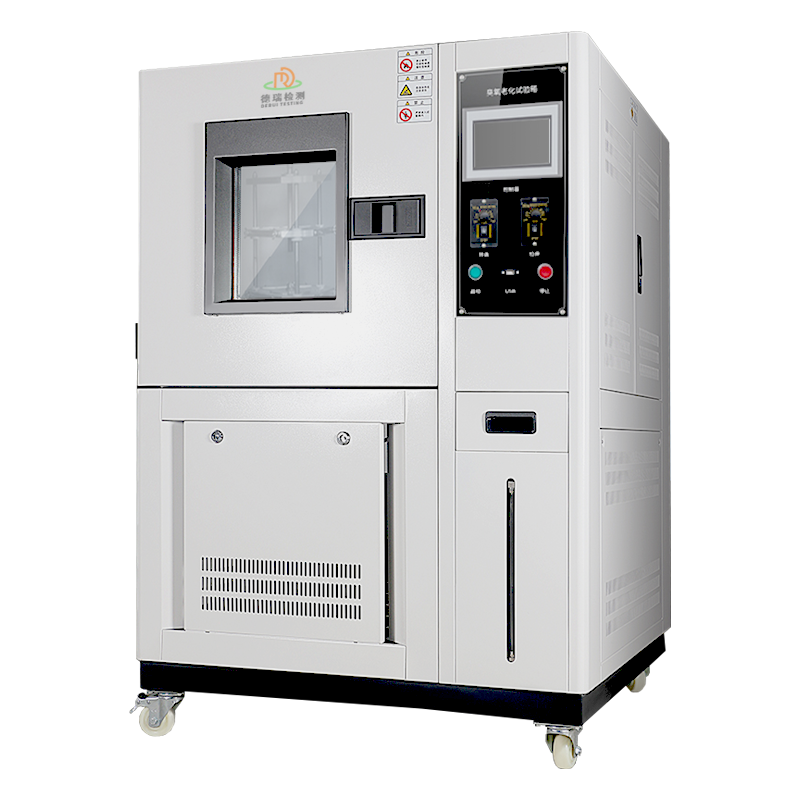
Crack propagation rate ozone test chamber
338005.0 INR/Unit
Product Details:
X
Crack propagation rate ozone test chamber Price And Quantity
- 338005.0 INR/Unit
- 1 Unit
Crack propagation rate ozone test chamber Trade Information
- Cash in Advance (CID)
- 100 Unit Per Month
- 6 Years
- All India
Product Description
I. Technical principles and innovative breakthroughs
1. Dynamic crack monitoring system
High-speed imaging technology: adopts 500 fps high-speed camera to capture micron-scale crack expansion in real time (resolution 0.1 m).
Laser displacement sensor: non-contact measurement of crack length change, accuracy of **0.05 m**, support 0.01 mm/min minimum rate detection.
2. Multi-field coupling control
Ozone concentration gradient field: Through the multi-channel gas diffusion system, local concentration difference (O 5 ppm/m) is realized to simulate uneven aging environment.
Temperature/Humidity/Stress Synergy: Supports **-40C-80C temperature cycling and 20-95% RH humidity Fluctuation, superimposed 0-50 Hz vibration load**, reproduce the real working conditions.
3. Intelligent Analysis Engine
Machine Learning Model: Crack expansion rate prediction algorithm (R 0.95) trained based on historical data, supporting life prediction and failure threshold warning.
Real-time feedback control: dynamically adjust ozone concentration or vibration parameters according to the crack expansion trend to realize adaptive accelerated aging test.
Application Scenarios and Typical Cases
1. New energy field
- Li-ion diaphragm testing:
Objective: Evaluate the crack propagation rate of diaphragm at 40C/80% RH + 200 ppm ozone.
Achievement: Successfully predicted the critical point of diaphragm failure after 1500 hours (error 15%). 2.
2. Automotive Material Validation
- Accelerated aging of rubber seals:
Methodology: Simulated 70C + 50 ppm ozone + 10 Hz vibration composite condition.
Findings: Crack expansion rate increased by 3.2 times compared to static test, validating the design life reduction effect.
3. Building Materials Research
- Evaluation of paint weathering resistance:
Parameters: gradient ozone concentration (20-500 ppm) + alternating humidity and heat cycles (-20C-60C).
Conclusion: Exponential decay model of crack expansion rate - ozone concentration (R = 0.92).
IV. Shopping for a decision tree (technology-oriented)
plaintext
Do you need nanometer resolution?
Yes choose laser displacement sensing + high-speed camera combination solution (e.g. ATLAS CFS Nano)
No Basic optical microscope + low-speed camera equipment is sufficient
Do you need multi-field coupling test?
Yes Preferred option is temperature, humidity and vibration triple control system (Q-LAB QUV/ENV)
No Single ozone concentration control equipment (domestic Huanke instrument HT-CRACK Base)
Is AI life prediction required?
Yes Industrial grade solution only (Mezger ME-SPV AI Pro, $5000 annual fee)
No Open source algorithms are used to realize basic data analysis
Standard Features
| Item | Specification |
| Internal dimension | 450W*450D*500Hmm (100L) |
| Temperature range | RT+10~ 60 (suggest to use 402) |
| Temperature Fluctuation | 1 |
| Ozone concentration | 50~1000 pphm, adjustable (suggest to use 50pphm) |
| Ozone concentration deviation | 10% |
| Sample holder rotation | 360 degree rotation |
| Sample holder | 2pcs removable sample tray, SUS#304 stainless steel |
| Temperature controller | Programmable touch screen controller |
| Ozone concentration analysis | Concentration analysis meter |
| Ozone generator | High pressure silence discharge type |
| Protection system | Leakage, short circuit, over temperature, over heat |
Tell us about your requirement

Price:
Quantity
Select Unit
- 50
- 100
- 200
- 250
- 500
- 1000+
Additional detail
Mobile number
Email



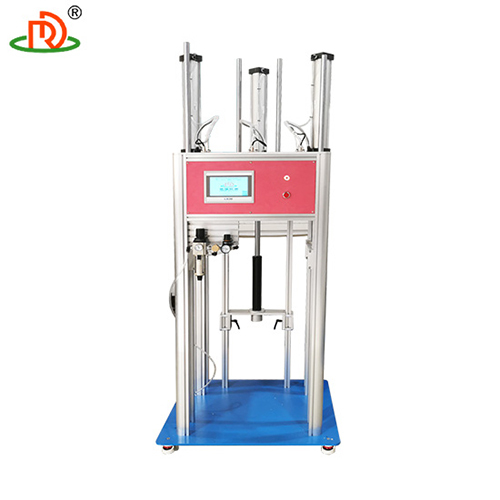
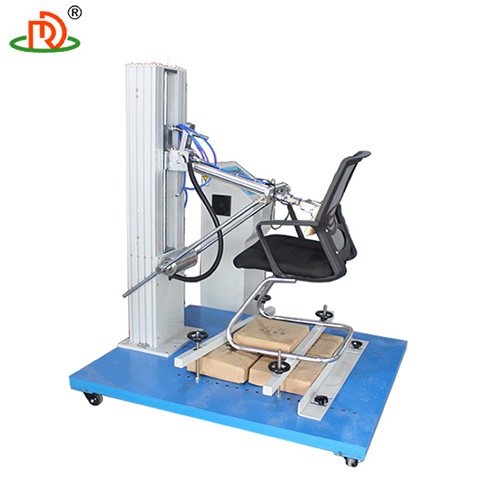
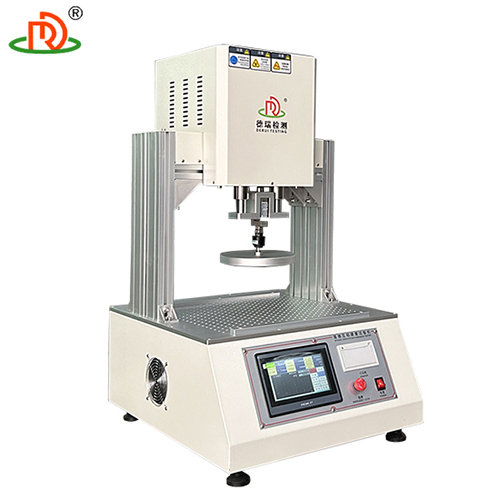
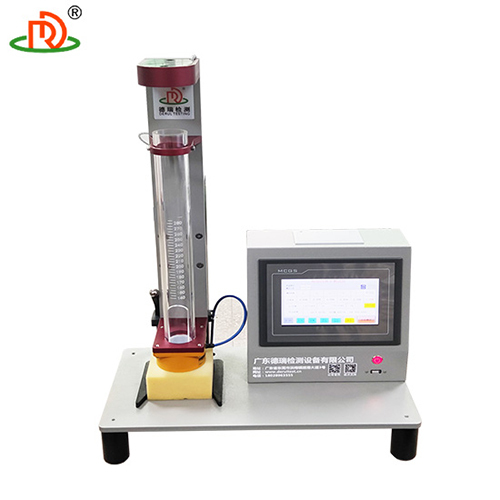

 English
English Spanish
Spanish French
French German
German Italian
Italian Chinese (Simplified)
Chinese (Simplified) Japanese
Japanese Korean
Korean Arabic
Arabic Portuguese
Portuguese